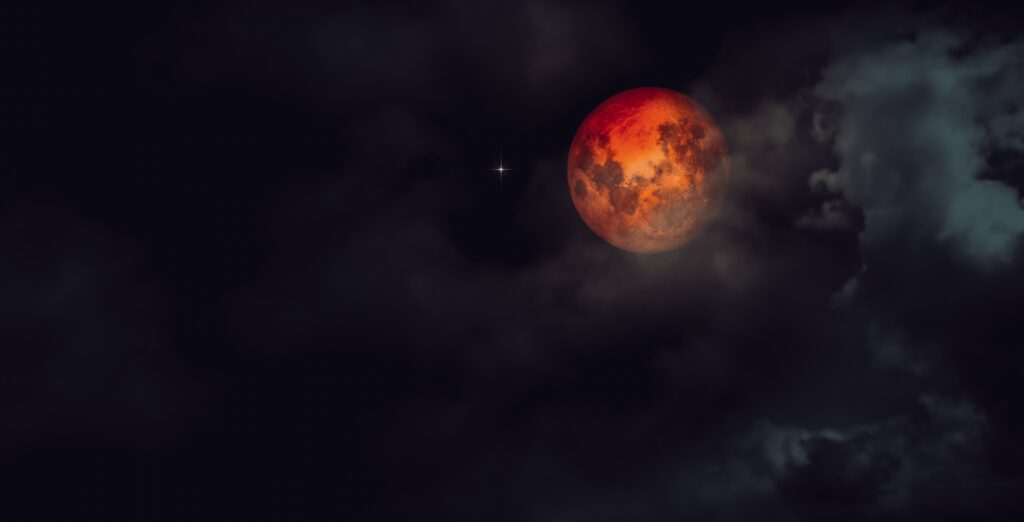This Sunday, 7 September, Europe will witness a total lunar eclipse, or “blood moon,” the longest since 2022 at around 82 minutes. The Earth will pass directly between the sun and the moon, casting its shadow across the lunar surface. Only red-hued light will reach the moon, giving it the characteristic crimson glow.
Historically, blood moons have inspired awe and fear. Ancient cultures—from Babylon to China to Central America—saw them as ominous signs: the death of rulers, looming wars, or divine punishment. Some African communities, like the Batammaliba in Togo and Benin, interpreted the eclipse as a symbolic struggle between the sun and moon, prompting efforts to reconcile communities and promote peace.
Modern perspectives are divided. Astronomers like Dr. Florian Freistetter emphasize the event’s scientific and aesthetic significance, dismissing any predictive power: “Astronomy has researched everything that can reasonably be researched… I can enjoy the sight of an eclipse in peace.” Astrologers, however, see symbolic meaning in celestial alignments. Silke Schäfer, a leading astrologer, explains that planetary positions reflect rhythms, cycles, and archetypes rather than cause physical events.
Astrology, she notes, is an interpretive art with structured rules—zodiac signs, planetary rulers, and aspect angles—much like literature or psychotherapy, rather than a causal science. Psychologist Markus Jehle adds that modern tools, including NASA data, allow precise calculations for astrological interpretations.
Even political history reflects these beliefs: French President François Mitterrand regularly consulted astrologer Élizabeth Teissier on both personal and state matters.
For Europeans this Sunday, the blood moon offers both spectacle and reflection. Some may see turning points in their personal lives; others can simply marvel at the rare astronomical alignment. As Dr. Freistetter concludes: “Above all, it is an aesthetically impressive natural event… we are lucky to live on a planet where we can observe something like this.” Statistical studies confirm there’s no link between blood moons and natural disasters, so observers can enjoy the crimson display safely and in wonder.

